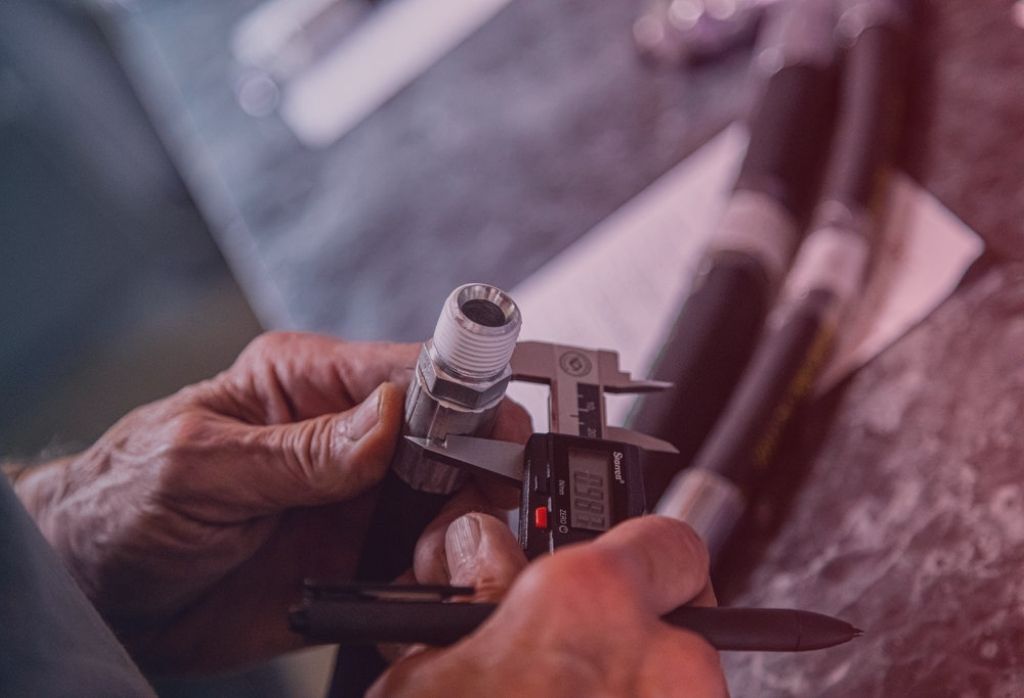Why Hose Safety Matters
Hoses are critical components in industries ranging from construction and oil & gas to manufacturing, agriculture, and transportation. They carry everything from hydraulic fluid and hot asphalt to potable water and food-grade products. But when a hose fails, it’s more than just an inconvenience — it can lead to equipment damage, costly downtime, environmental hazards, and serious injuries.
Raising hose safety awareness is key to preventing accidents, protecting workers, and maintaining operational efficiency.
Common Causes of Hose Failures
Understanding why hoses fail is the first step to preventing it. The most common causes include:
-
Abrasion – Repeated rubbing or contact with rough surfaces wears down the hose cover.
-
Improper Pressure Rating – Using a hose with a lower pressure capacity than the application requires.
-
Extreme Temperatures – Heat can cause hose materials to degrade; cold can cause cracking and stiffness.
-
Chemical Incompatibility – Exposure to incompatible fluids can weaken hose materials.
-
Improper Assembly or Installation – Poor fitting connections or kinks reduce performance and lifespan.
-
Aging and Fatigue – Hoses naturally degrade over time and require scheduled replacement.
Best Practices for Hose Safety
Implementing these safety measures can significantly reduce the risk of failure:
1. Select the Right Hose for the Job
Use the STAMPED method: Size, Temperature, Application, Media, Pressure, Ends, and Delivery requirements. This ensures your hose meets all performance and safety needs.
2. Inspect Regularly
Perform visual and physical inspections before each use. Look for cracks, bulges, leaks, and worn covers.
3. Follow Manufacturer Guidelines
Use hoses only within the recommended pressure, temperature, and bend radius specifications.
4. Use Protective Covers and Guards
Hose sleeves and wraps can reduce abrasion damage and increase service life.
5. Train Your Team
Educate operators and maintenance crews on safe handling, installation, and inspection practices.
The Role of Quality Manufacturing in Hose Safety
Not all hoses are created equal. American-made, high-quality hoses — like those manufactured by us — undergo rigorous testing for burst pressure, flexibility, and material integrity. Our custom-engineered solutions ensure the right fit for your application, enhancing both safety and performance.
Bottom line: Hose safety isn’t optional — it’s a responsibility. By choosing the right products, following best practices, and partnering with a trusted manufacturer, you protect your people, your equipment, and your bottom line.
Ready to improve your hose safety with quality and reliable products? Contact us today to speak with our experts.

